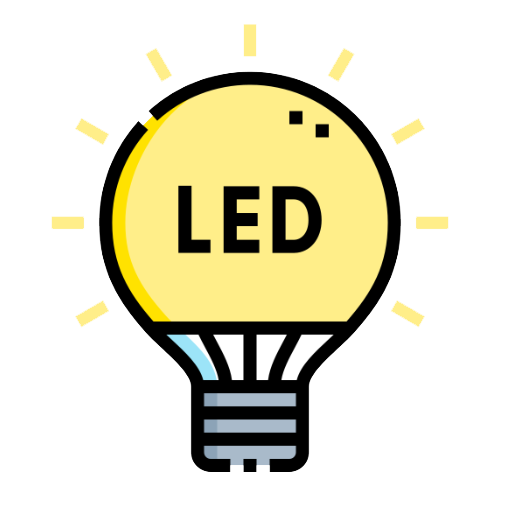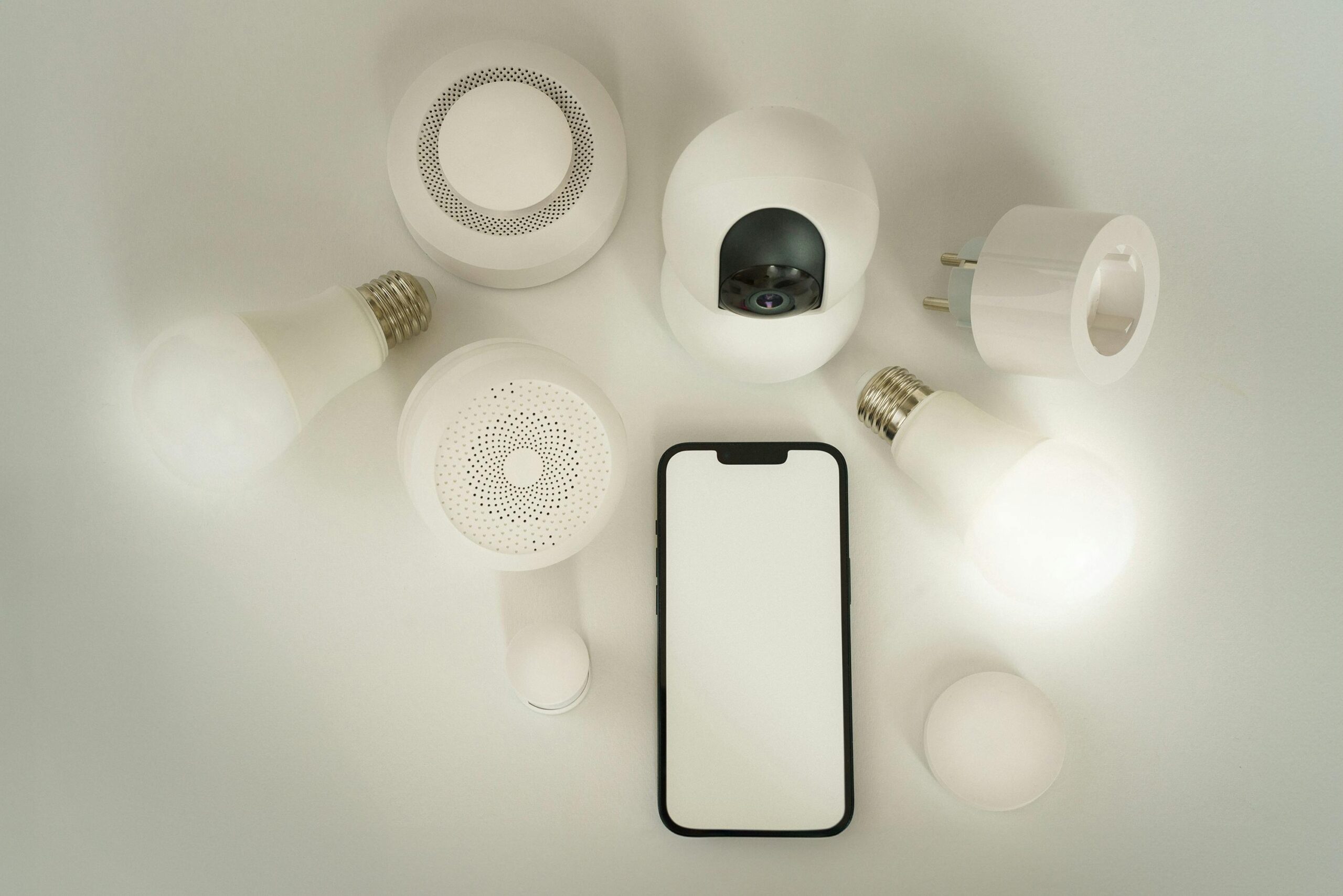When I first started exploring smart lighting, I was amazed at how much technology has evolved beyond the simple on/off switch. Today, lighting is no longer just about illumination—it’s about automation, energy efficiency, and personalization. Whether you’re at home or in an office, smart lighting systems are transforming the way we interact with our spaces.
Over the past few years, I’ve watched smart lighting go from a luxury feature to an essential part of modern homes and workplaces. As voice assistants, motion sensors, and remote controls become the norm, it’s clear that automation is shaping the future of lighting. Here’s a look at some of the biggest trends in smart lighting and how they’re changing the way we light up our spaces.
1. Voice-Controlled Lighting for Hands-Free Convenience
One of the most exciting developments in smart lighting is voice control. Devices like Amazon Alexa, Google Assistant, and Apple’s Siri have made it easier than ever to adjust lighting with a simple command.
I remember when I first set up voice-controlled LED panels in my home—it felt like something straight out of a sci-fi movie. Instead of walking over to a switch, I could just say:
- “Alexa, dim the lights to 50%.”
- “Hey Google, turn on the kitchen lights.”
- “Siri, change the living room lights to warm white.”
The convenience is game-changing, especially when your hands are full or when you want to create a specific mood without manually adjusting switches. This feature is also great for accessibility, allowing people with mobility challenges to control lighting with ease.
2. Motion Sensors & Adaptive Lighting for Efficiency
Another smart lighting trend I love is motion-activated lighting. I installed motion-sensor LED panels in my hallway and bathroom, and it completely changed my nighttime routine. Now, when I walk into a dark room, the lights automatically turn on and then turn off when I leave—saving energy in the process.
This trend is especially useful in offices and commercial spaces, where motion sensors:
✔ Automatically turn lights on when someone enters a room.
✔ Reduce energy waste by turning off lights when a space is unoccupied.
✔ Help lower electricity costs in large office buildings.
Some advanced smart lighting systems even adjust brightness based on natural daylight levels, ensuring the perfect amount of light without unnecessary energy consumption.
3. Color-Tunable & Circadian Rhythm Lighting
I used to think lighting was just about brightness, but now I know that color temperature plays a big role in mood, focus, and well-being.
Many smart lighting systems offer color-tunable LED panels, allowing you to adjust warm or cool tones based on the time of day. This is known as circadian lighting, which mimics the natural light cycle to improve sleep patterns and productivity.
🌅 Morning: Bright, cool lighting to help wake you up and boost focus.
🌇 Evening: Warm, dim lighting to relax and prepare for sleep.
This is becoming a huge trend in offices, as businesses realize that lighting can enhance employee productivity and reduce fatigue. Many companies are installing smart lighting systems that sync with circadian rhythms to create a more natural work environment.
4. App-Controlled & Remote Access Lighting
One of my favorite smart lighting features is the ability to control lights from my phone. Whether I’m home or away, I can adjust brightness, change colors, and even set schedules using an app.
📱 Forgot to turn off the lights before leaving? No problem—just turn them off remotely.
📱 Want to set the perfect movie night ambiance? Customize colors and dimming levels instantly.
📱 Need security lighting while on vacation? Schedule lights to turn on and off at certain times.
For businesses, app-controlled lighting allows office managers to control multiple locations from a single dashboard, ensuring lights are only used when needed.
5. Smart LED Panels & Energy Efficiency
At the heart of smart lighting is energy efficiency. Traditional lighting wastes energy, but smart LED panels are designed to reduce electricity consumption while providing superior illumination.
💡 LEDs use up to 80% less energy than incandescent bulbs.
💡 Smart lighting systems optimize usage, further cutting down energy costs.
💡 Integration with solar panels and renewable energy sources makes lighting even more sustainable.
In the near future, we’ll likely see more AI-powered lighting systems that automatically adjust based on weather, occupancy, and energy usage patterns.
Final Thoughts: The Future of Smart Lighting
Smart lighting is more than just a convenience—it’s a revolution in how we experience our living and working spaces. From voice control and motion sensors to circadian lighting and energy-efficient LED panels, automation is making lighting smarter, more efficient, and more customizable than ever.
For me, upgrading to smart lighting has not only saved energy but also improved my daily routines. Whether you’re setting up a smart home or looking to enhance office efficiency, the future of lighting is bright, automated, and endlessly innovative.
What are your thoughts on smart lighting? Let’s discuss in the comments! 💡✨

